What Percentage Of Employees Had Witnessed Harassment At Work

A staggering number of employees are witnessing harassment in the workplace, creating toxic environments and impacting productivity nationwide. Recent studies reveal a deeply concerning trend, demanding immediate action from employers and policymakers alike.
While direct experience of harassment is frequently reported, the prevalence of witnessing such behavior is often overlooked. Understanding the scope of this problem is crucial for crafting effective prevention and intervention strategies.
Prevalence of Witnessed Harassment: The Data
Research from the Society for Human Resource Management (SHRM) indicates that approximately 45% of employees have witnessed harassment at work. This figure encompasses various forms of harassment, including sexual harassment, bullying, discrimination, and verbal abuse.
A separate study conducted by Pew Research Center found similar results, with around 41% of workers reporting witnessing some form of workplace harassment or unfair treatment. These numbers underscore a widespread problem that affects nearly half of the workforce.
The Equal Employment Opportunity Commission (EEOC) also acknowledges the prevalence of witnessed harassment in its training materials and guidance for employers. While the EEOC does not provide a precise percentage, it emphasizes the importance of addressing bystander intervention and creating a culture of respect.
Types of Harassment Witnessed
The forms of harassment witnessed vary greatly. Sexual harassment, including unwanted advances and offensive comments, remains a significant concern.
Bullying, characterized by repeated and unreasonable behavior directed towards an employee, is also commonly observed. This can include intimidation, humiliation, and sabotage.
Discrimination based on race, gender, religion, or other protected characteristics is another frequently witnessed form of harassment. Unfair treatment and biased remarks contribute to a hostile work environment.
Impact of Witnessed Harassment
Witnessing harassment can have severe psychological consequences for employees. Stress, anxiety, and depression are common reactions.
Witnesses may also experience a decline in job satisfaction and productivity. Fear of retaliation can prevent them from speaking out or reporting the behavior.
The overall impact on workplace morale and culture can be devastating. A toxic environment breeds distrust and resentment, harming the organization's performance.
Industries and Demographics Most Affected
Some industries are more prone to workplace harassment than others. The hospitality, healthcare, and retail sectors often report higher rates.
Employees in male-dominated industries may be more likely to witness sexual harassment. Similarly, individuals from marginalized groups may experience or witness discrimination more frequently.
Lower-wage workers and those in precarious employment situations may be particularly vulnerable. Fear of losing their jobs can deter them from reporting harassment.
Legal and Ethical Obligations of Employers
Employers have a legal and ethical obligation to prevent and address workplace harassment. Failure to do so can result in costly lawsuits and reputational damage.
Under Title VII of the Civil Rights Act of 1964, employers are responsible for creating a work environment free from discrimination and harassment. This includes taking reasonable steps to prevent and correct harassing behavior.
Many states and municipalities have enacted additional laws to strengthen protections against workplace harassment. Employers must be aware of and comply with all applicable regulations.
Steps Employers Can Take
Implementing comprehensive anti-harassment policies is essential. These policies should clearly define what constitutes harassment and outline reporting procedures.
Providing regular training to employees and managers is crucial. Training should focus on preventing harassment, bystander intervention, and promoting a culture of respect.
Establishing clear and confidential reporting mechanisms is vital. Employees should feel safe reporting harassment without fear of retaliation.
Promptly investigating all reports of harassment is necessary. Employers should take appropriate disciplinary action against perpetrators.
The Role of Bystander Intervention
Encouraging bystander intervention can be a powerful tool in preventing harassment. Empowering employees to speak out against inappropriate behavior can create a more supportive work environment.
Training employees on how to safely and effectively intervene can make a significant difference. This may involve direct confrontation, reporting the behavior to a supervisor, or offering support to the victim.
Bystander intervention can help to create a culture where harassment is not tolerated. It sends a clear message that everyone has a role to play in preventing and addressing workplace misconduct.
Conclusion: A Call to Action
The high percentage of employees witnessing harassment at work demands immediate action. Employers, policymakers, and employees must work together to create safer and more respectful workplaces.
Increased awareness, comprehensive training, and effective reporting mechanisms are essential. By addressing the root causes of harassment and empowering bystanders, we can create a culture of accountability and prevent future harm.
Ongoing research and data collection are needed to monitor the prevalence of witnessed harassment and evaluate the effectiveness of intervention strategies. This is a continuing challenge that requires vigilance and commitment.
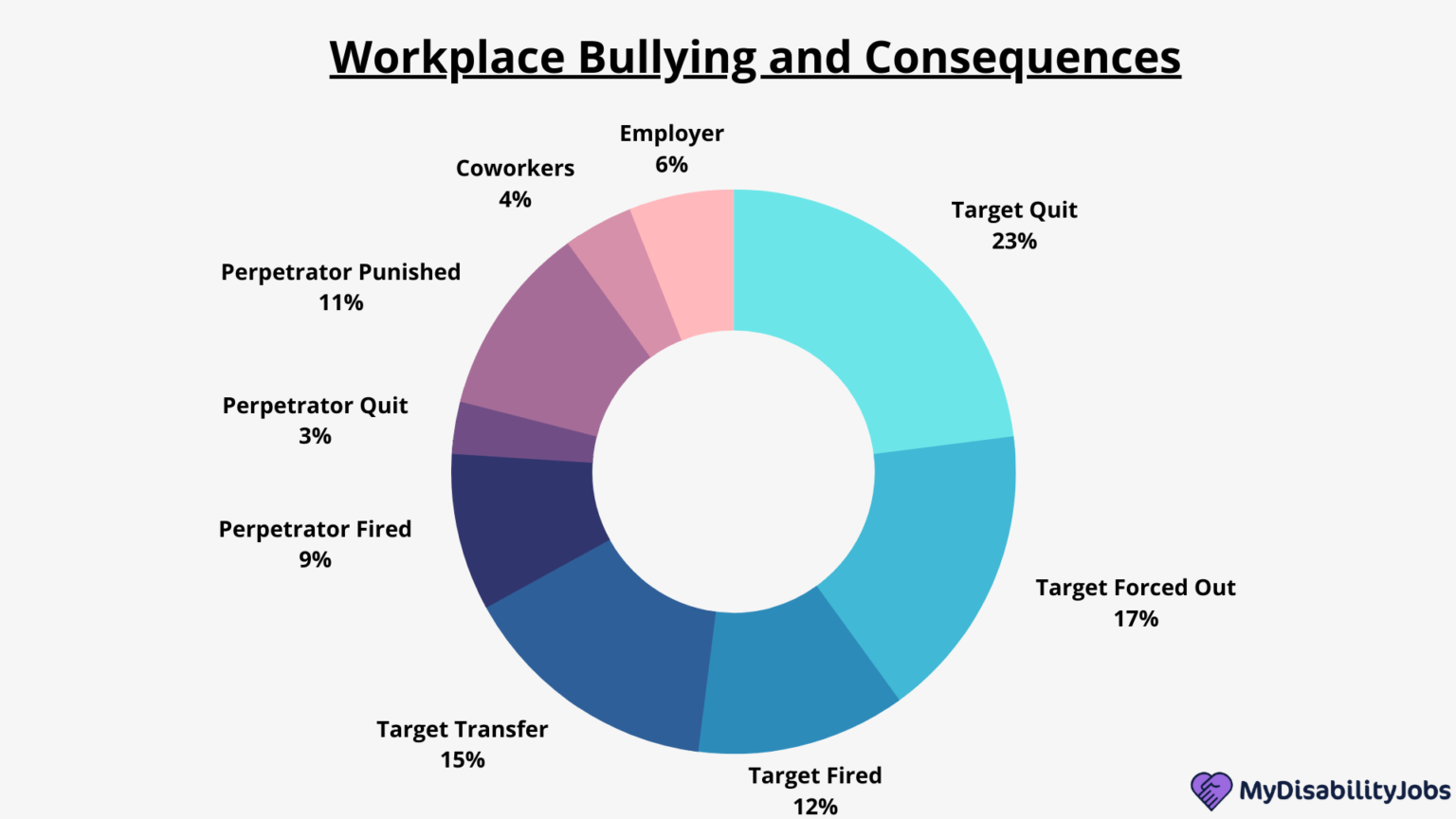

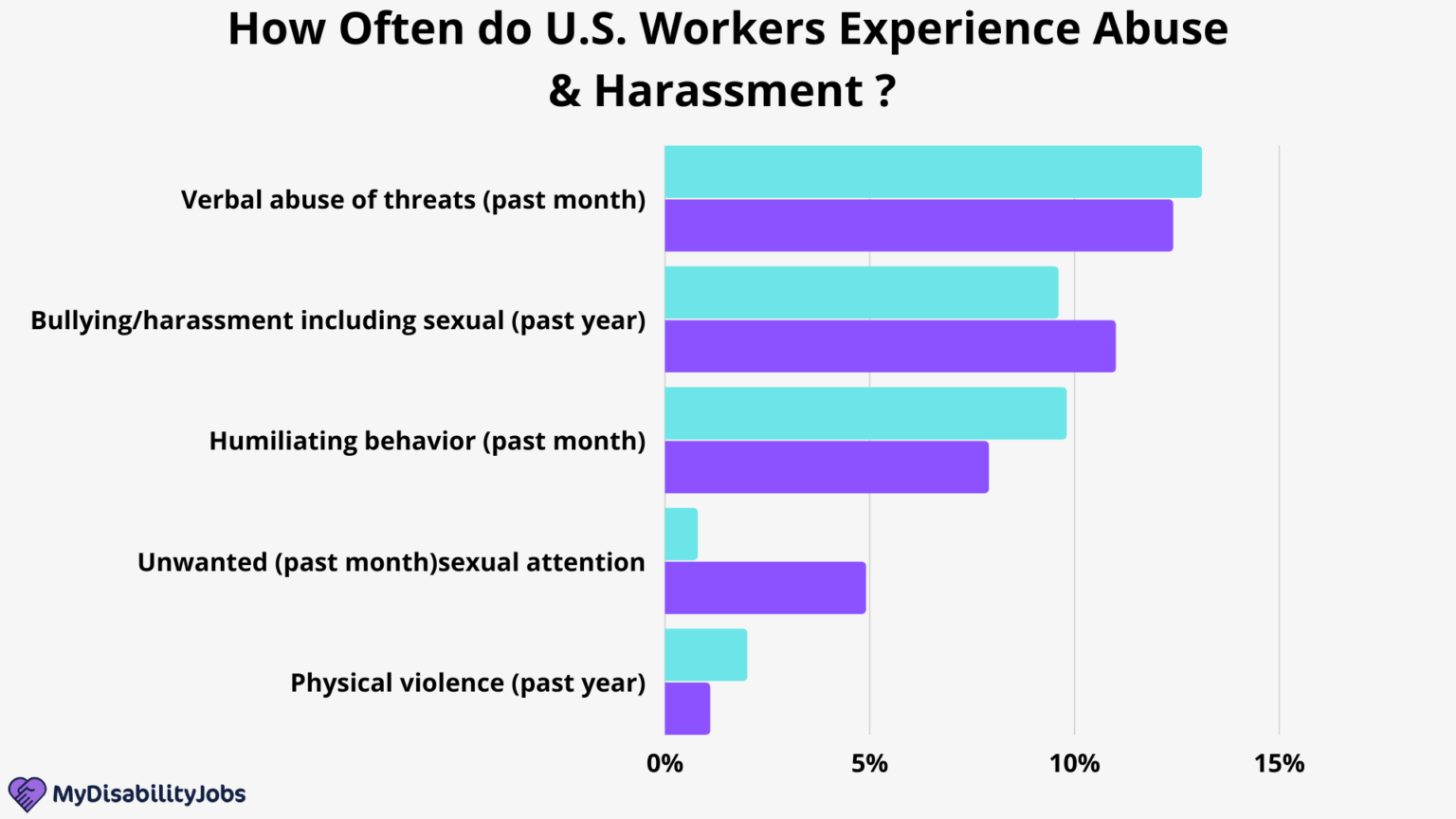

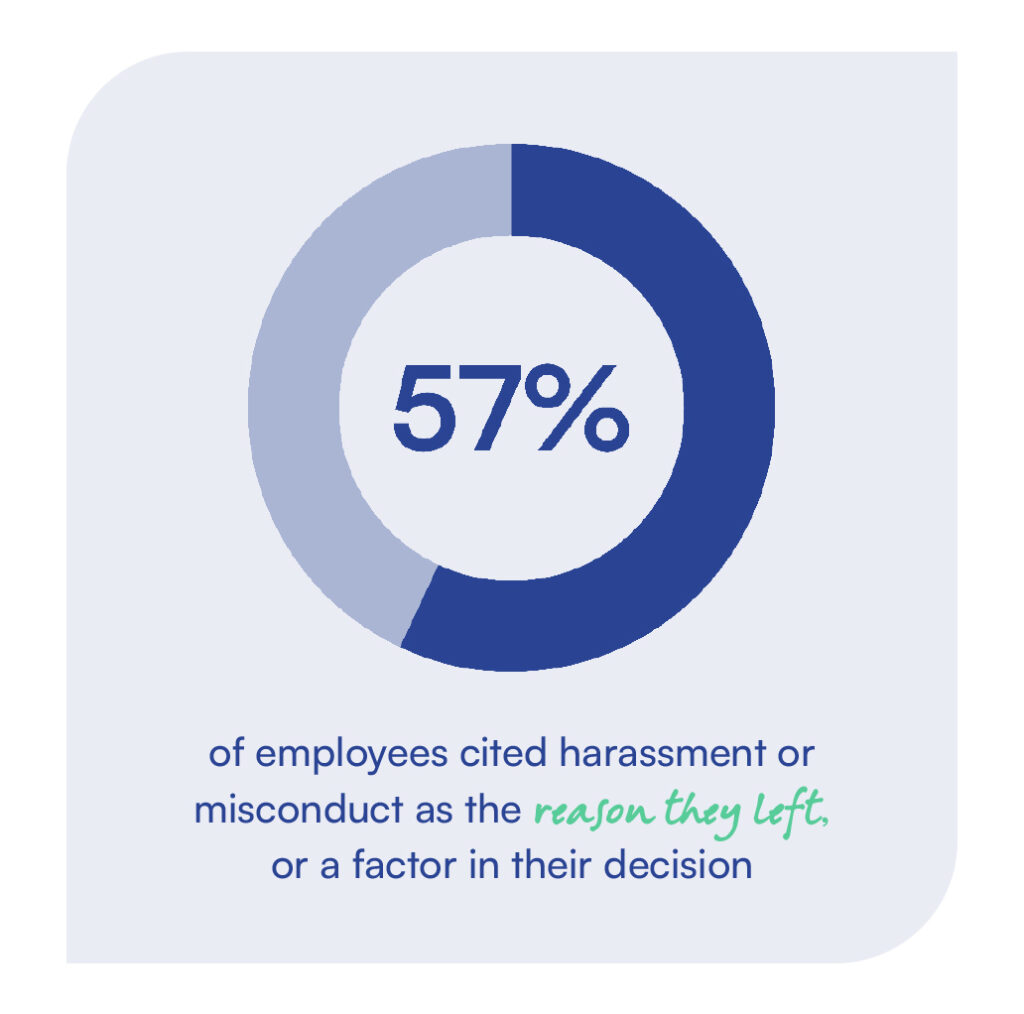

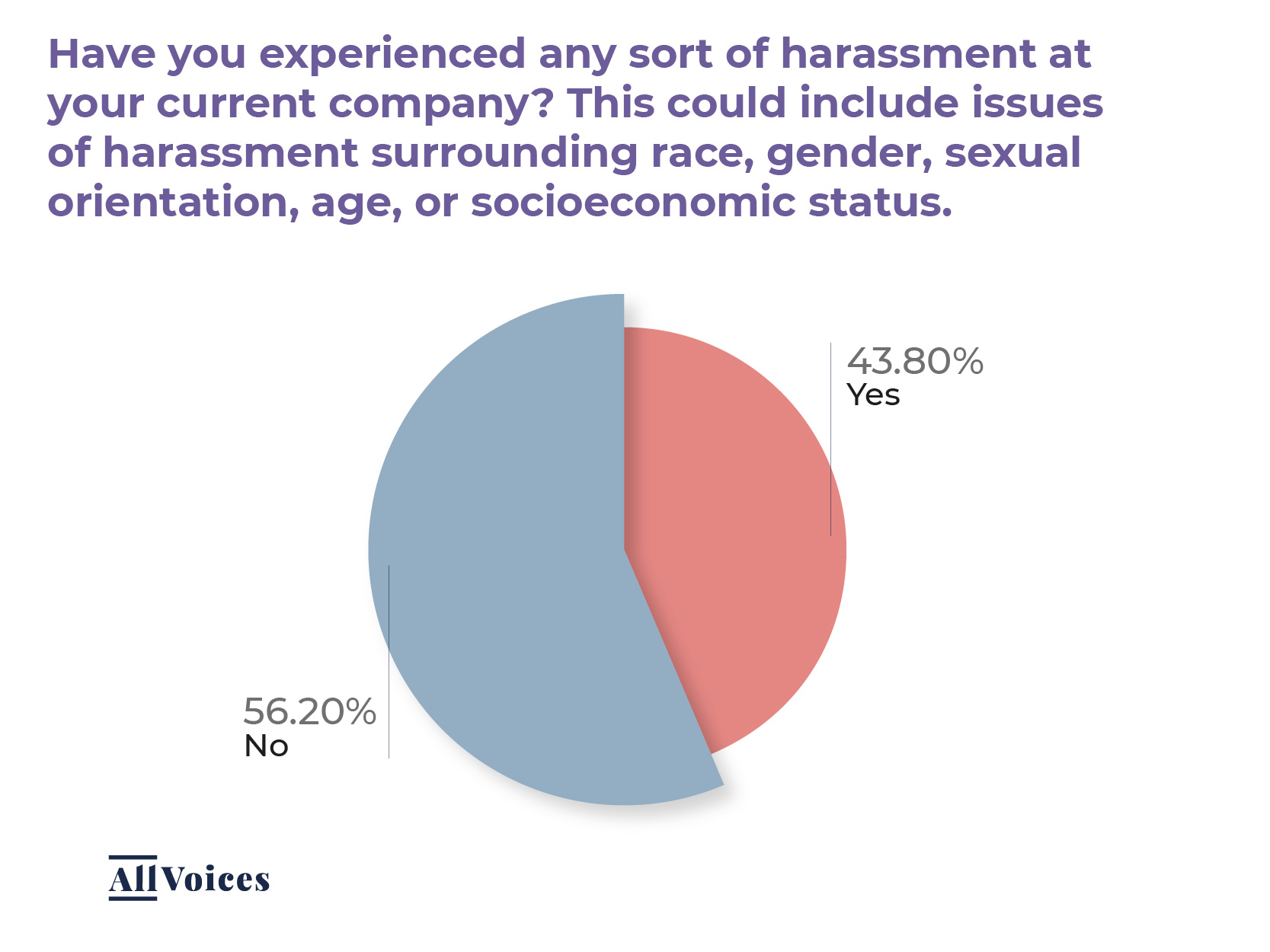

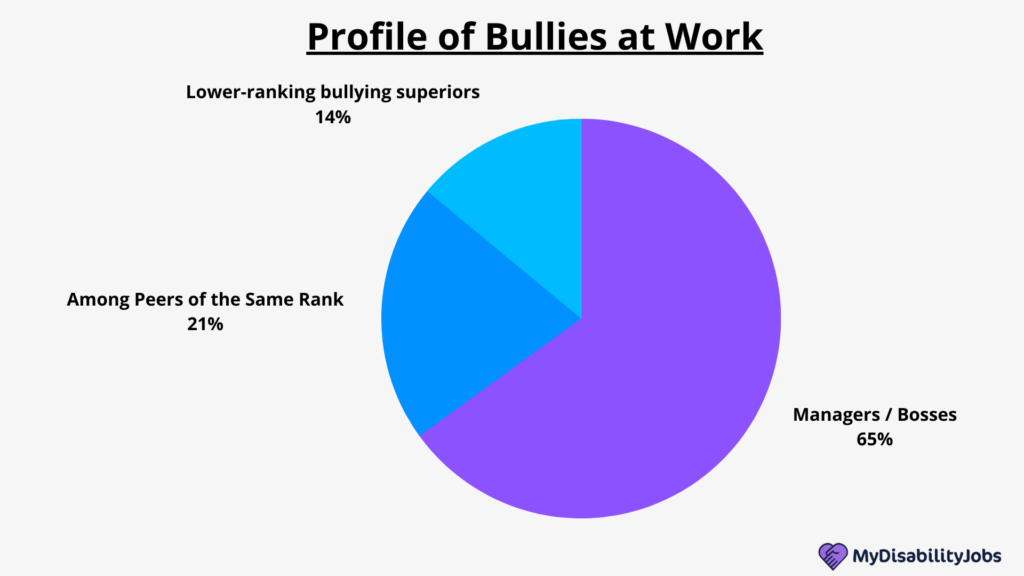
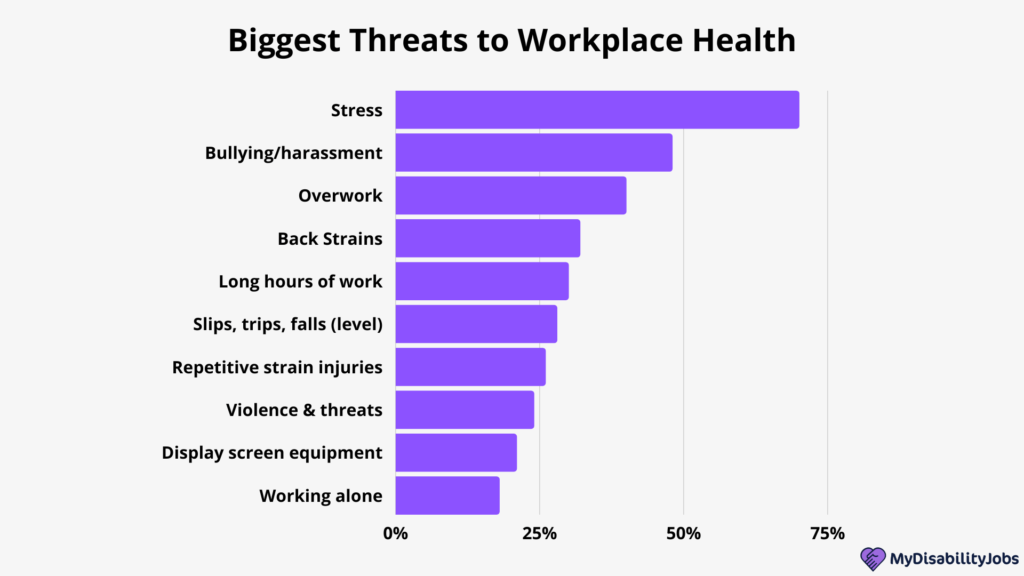
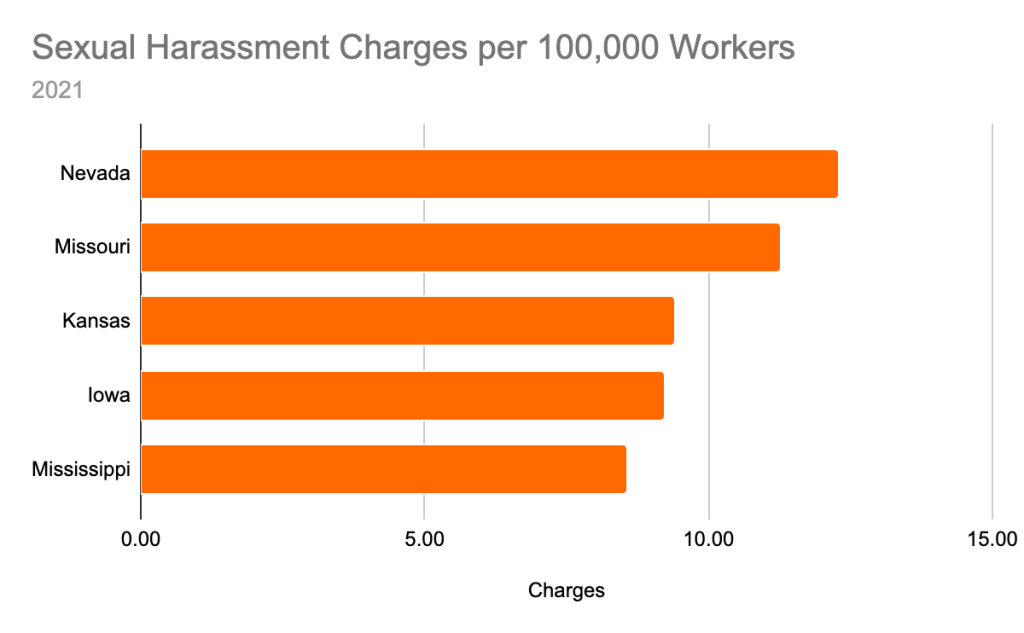
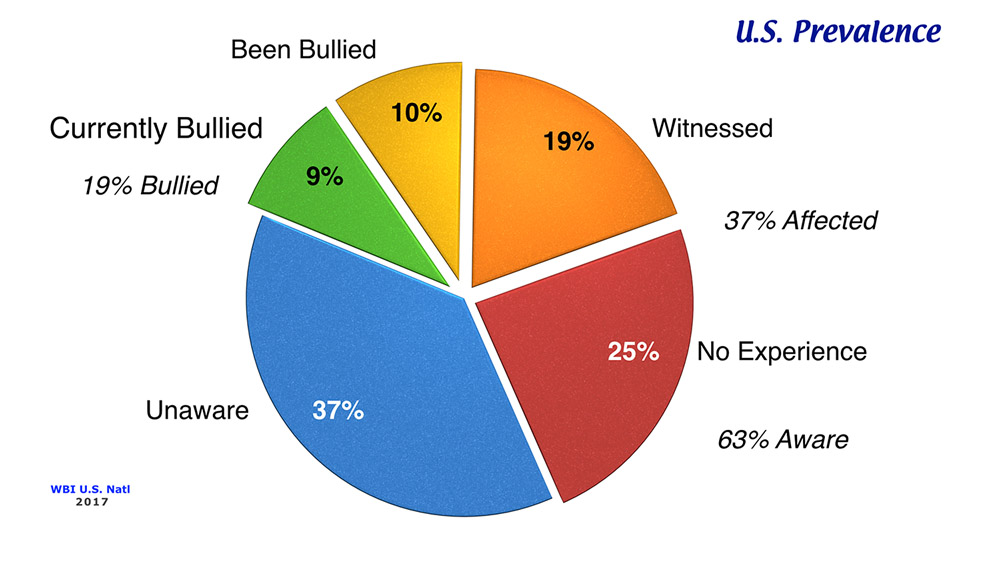

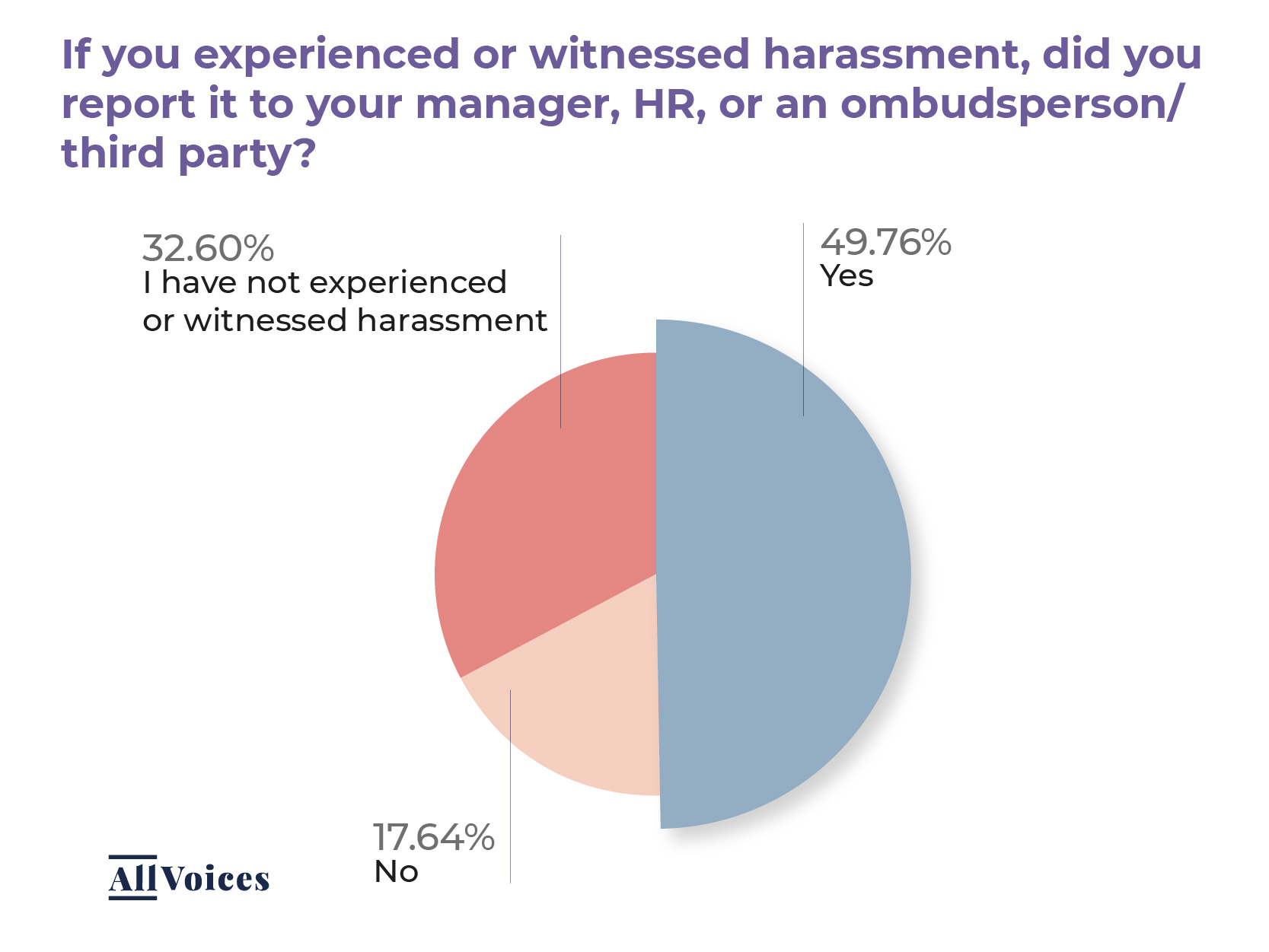
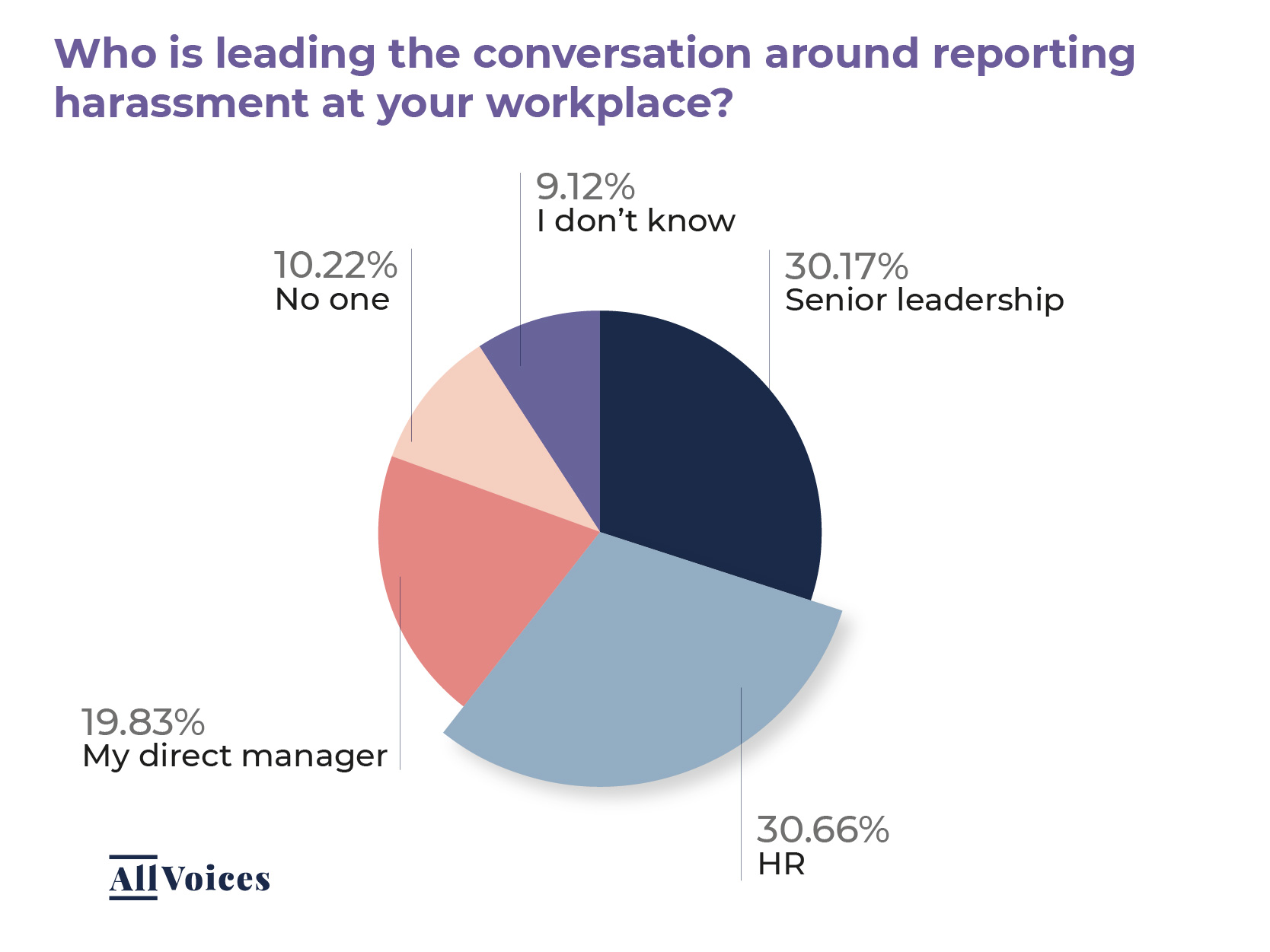

![What Percentage Of Employees Had Witnessed Harassment At Work 20+ Shocking Workplace Bullying Statistics [2023] - Zippia](https://www.zippia.com/wp-content/uploads/2024/01/workplace-conflict-resolution-styles.png)

